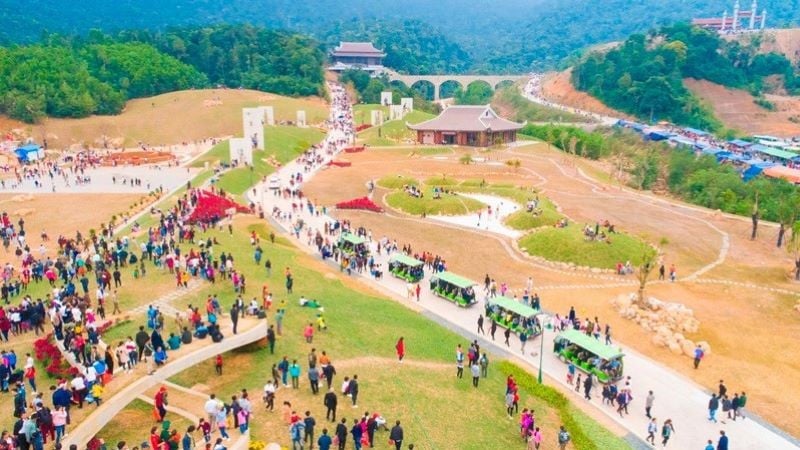
Heritage with global value
The heritage profile emphasizes that there are currently about 30 million followers, 50,000 monks and nuns, and more than 15,000 Truc Lam pagodas in more than 30 countries around the world. Typical locations such as Truc Lam Pagoda in Paris (France) or the Tran Nhan Tong Peace Prize (USA) have been recognized, affirming the global value of this heritage.
The relic complex is not only historical evidence but also demonstrates the spiritual depth, connecting people with nature - the element that makes up the cultural identity of Vietnam. It is a unique testament to the combination of state, religion and people in the formation of national identity; together with the sacred landscape formed through interaction with nature, and the ethical system emphasizing peace, tolerance and harmony of Truc Lam Yen Tu Buddhism, which has global value.
The space of Truc Lam Yen Tu Buddhism has flourished in the land of Tay Yen Tu, stretching to the midlands of the old Bac Giang land, reaching the northern bank of the Cau River. Through the ups and downs of history, the traces of Truc Lam Yen Tu Buddhism have been clearly affirmed by researchers through existing works and dozens of archaeological works.

Buddhist space lasts forever
Vinh Nghiem Pagoda is considered the center of the Truc Lam Buddhist cultural space located in Tri Yen commune. Built in the 11th century under King Ly Thai To with the name Chuc Thanh Tu, the pagoda was expanded by King Tran Nhan Tong and renamed Vinh Nghiem in the 13th century, meaning "forever lasting, forever dignified".
The pagoda was not only the place of practice of the Three Patriarchs of Truc Lam (Tran Nhan Tong, Phap Loa, Huyen Quang) but also a center for training monks and propagating Buddhism during the Tran Dynasty.
One of the most valuable heritages of Vinh Nghiem Pagoda is the Buddhist scripture woodblock collection, consisting of 3,050 woodblocks with 9 books, recognized as a World Heritage Site in the Asia- Pacific region by UNESCO in 2012. These woodblocks, carved on ebony wood, not only contain sutras, laws, and treatises but also include poems, prose, and diaries of Truc Lam Zen masters, marking the development of Nom script and the process of Vietnamization of Buddhism.
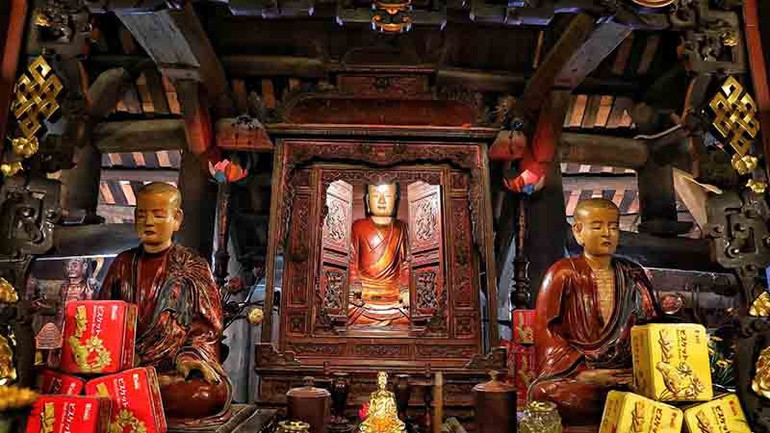
In addition, the statue of the Three Patriarchs of Truc Lam, carved from jackfruit wood in the 19th century, was recognized as a national treasure in 2025, demonstrating unique artistic and historical value.
Bo Da Pagoda is a large Buddhist center, associated with the Lam Te Zen sect. Legend has it that it dates back to the Ly Dynasty, and was restored and expanded during the reign of King Le Du Tong (1720-1729). With its unique architecture of “inner communication and outer closure”, Bo Da Pagoda is surrounded by green bamboo groves and earthen walls, creating a quiet, sacred look.
The highlight of Bo Da Pagoda is the largest tower garden in Vietnam, consisting of 110 towers containing the ashes and relics of 1,214 monks and nuns of the Lam Te Zen sect. The Buddhist sutra woodblocks with 1,935 engravings, dating from 1740, are a valuable heritage, carved on ebony wood with delicate calligraphy, containing historical, cultural and medical values.
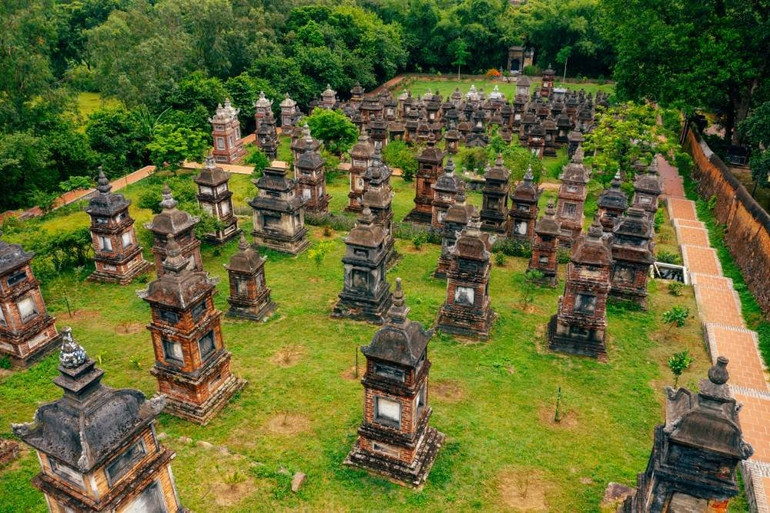
The system of more than 40 ancient Buddha statues from the Le and Nguyen dynasties, along with relics such as bronze bells and stone steles, demonstrates the intersection of three religions of the same origin (Buddhism, Confucianism, and Taoism).
The Bo Da Pagoda Festival, which takes place from the 15th to the 18th of the second lunar month, is not only an occasion to commemorate the founder but also an opportunity to promote Kinh Bac Quan Ho culture. Bo Da Pagoda was ranked as a special national monument in 2016, affirming its important role in preserving and promoting the cultural values of Vietnamese Buddhism.
The Tay Yen Tu complex, which contains the Truc Lam Buddhist cultural space, also includes many relics and scenic spots stretching from Son Dong commune to Yen Dung commune, Bac Ninh province such as Am Vai pagoda, Suoi Mo, Khuon Than lake, Khe Ro forest and Truc Lam Phuong Hoang Zen Monastery.
Am Vai Pagoda (Luc Ngan) bears the mark of Buddhism in the Tran Dynasty with the stone tower "Lien Hoa Bao Thap" and the well that never dries up, associated with the legend of a princess of the Tran Dynasty practicing asceticism. Am Vai Pagoda Festival is a major cultural event, attracting a large number of followers and tourists.
Efforts to preserve and promote
To preserve and promote the value of the Tay Yen Tu complex, Bac Giang province (old) has implemented many specific planning plans. According to Decision No. 105 dated November 29, 2013 of the Provincial People's Committee, the Tay Yen Tu conservation area includes 9 relic clusters, from Dong Thong area to Vinh Nghiem pagoda, with the goal of protecting the integrity of tangible and intangible cultural values.
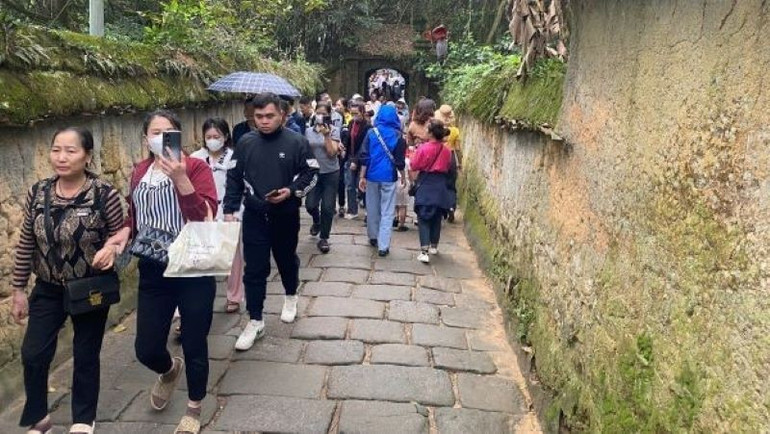
In particular, the province has surveyed and implemented the restoration of the "Buddhism Propagation Road" recreating the path of Buddha King Tran Nhan Tong on the western slope of Yen Tu to the top of Yen Tu to practice.
For Buddhists, when they set foot on the land of Tay Yen Tu, it is like experiencing the footsteps of Buddha King Tran Nhan Tong from a king, from a mortal to return to the Buddha realm.
Therefore, the value of the “Pilgrimage to the Buddha’s land following the footsteps of the Buddha King” route is considered a “treasure” that can only be found on the western slope of Yen Tu. It reminds us of the Pilgrimage tour following the footsteps of Buddha Shakyamuni in India.
For Vinh Nghiem Pagoda, the Government has approved the Plan for conservation and promotion of the value of the special national relic, with a planning area of 40 hectares.
This plan focuses on preserving the original state of the inner temple, beautifying the landscape, and constructing auxiliary works such as the main gate, Pho Quang tower, Buddhist lecture hall, and woodblock manufacturing area.
The preservation of ancient trees, garden embellishment and connection with other relics in the province are also focused on, aiming to turn Vinh Nghiem Pagoda into an attractive spiritual tourist destination.
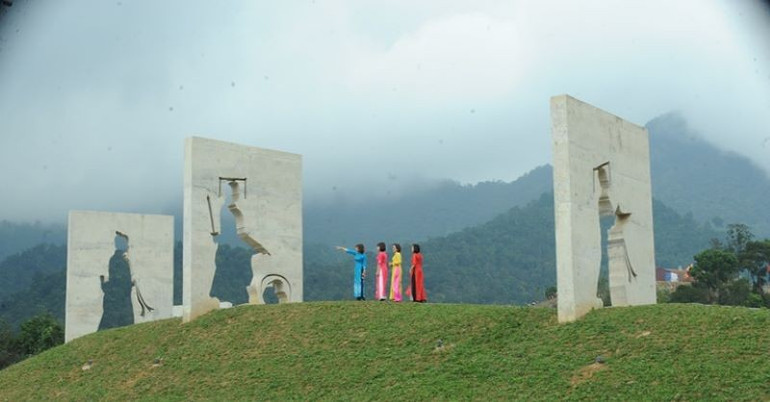
Bo Da Pagoda has also been invested in conservation with projects to restore architecture, preserve woodblocks and statues. Festival activities and Quan Ho singing competitions are held regularly, contributing to promoting the local intangible cultural heritage.
Tay Yen Tu possesses great potential for developing spiritual and community tourism, thanks to the combination of historical and cultural values and majestic natural landscapes.
Bac Ninh province is building tours connecting Tay Yen Tu with Dong Yen Tu (Quang Ninh) and other relics in the region, creating a rich chain of tourism products.
Traditional festivals such as Vinh Nghiem Pagoda, Bo Da Pagoda and Suoi Mo are solemnly held, combining cultural activities, sports and folk games, attracting millions of tourists every year.
Efforts to preserve and promote the value of this complex not only contribute to protecting a world cultural heritage but also promote tourism development, economy and community solidarity, preserving the quintessence of the Vietnamese people for future generations.
Source: https://nhandan.vn/bac-ninh-phat-huy-gia-tri-khong-gian-phat-giao-truc-lam-di-san-van-hoa-the-gioi-post893859.html


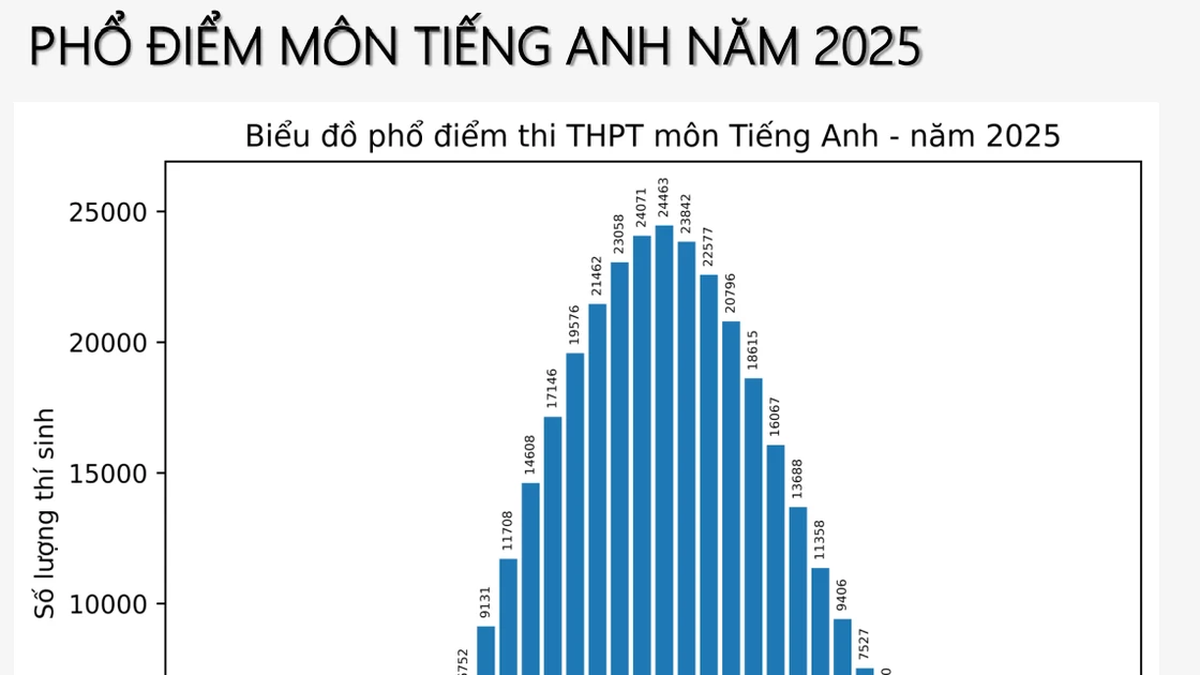
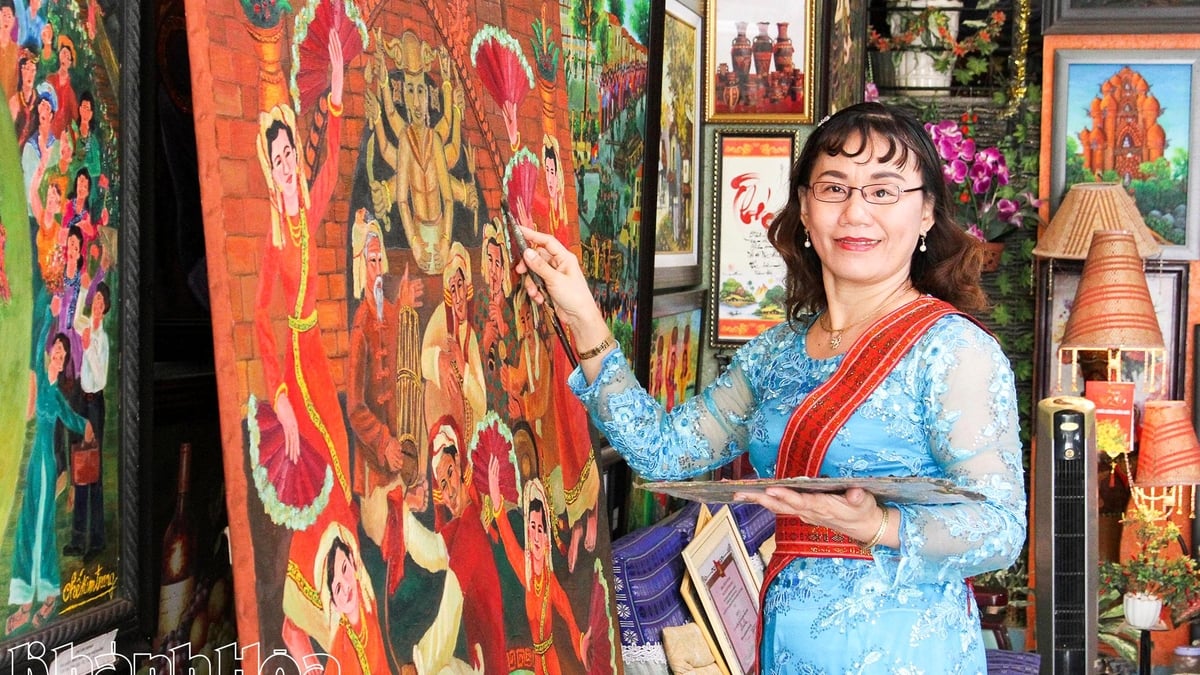
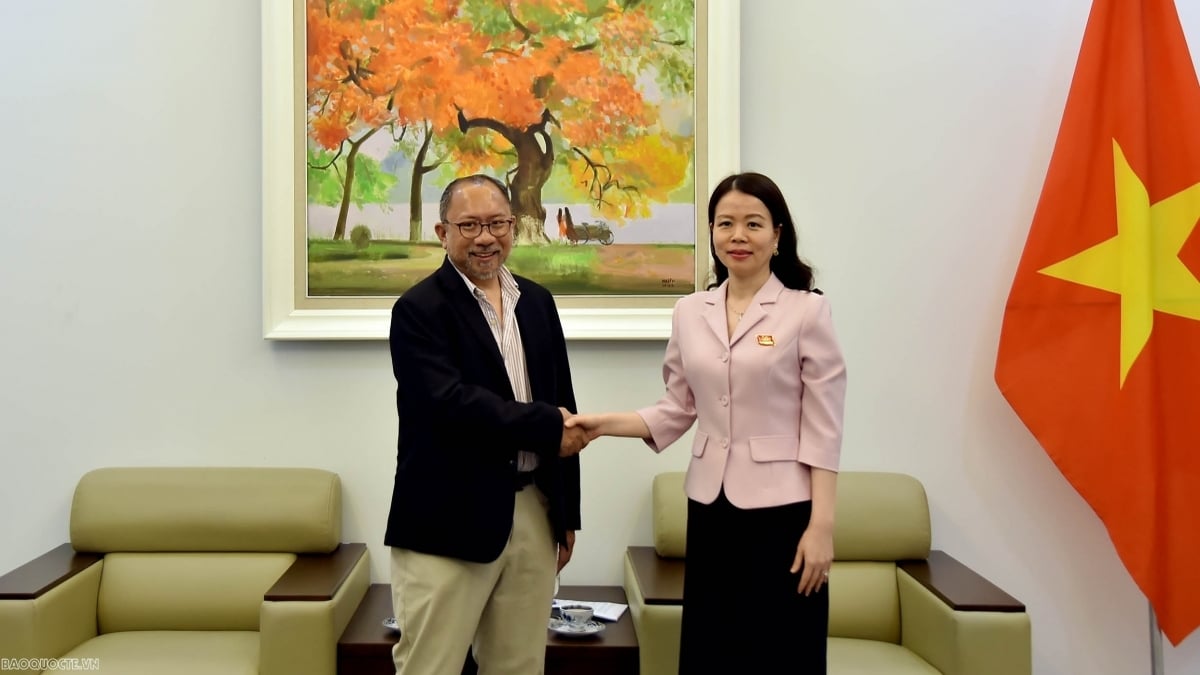
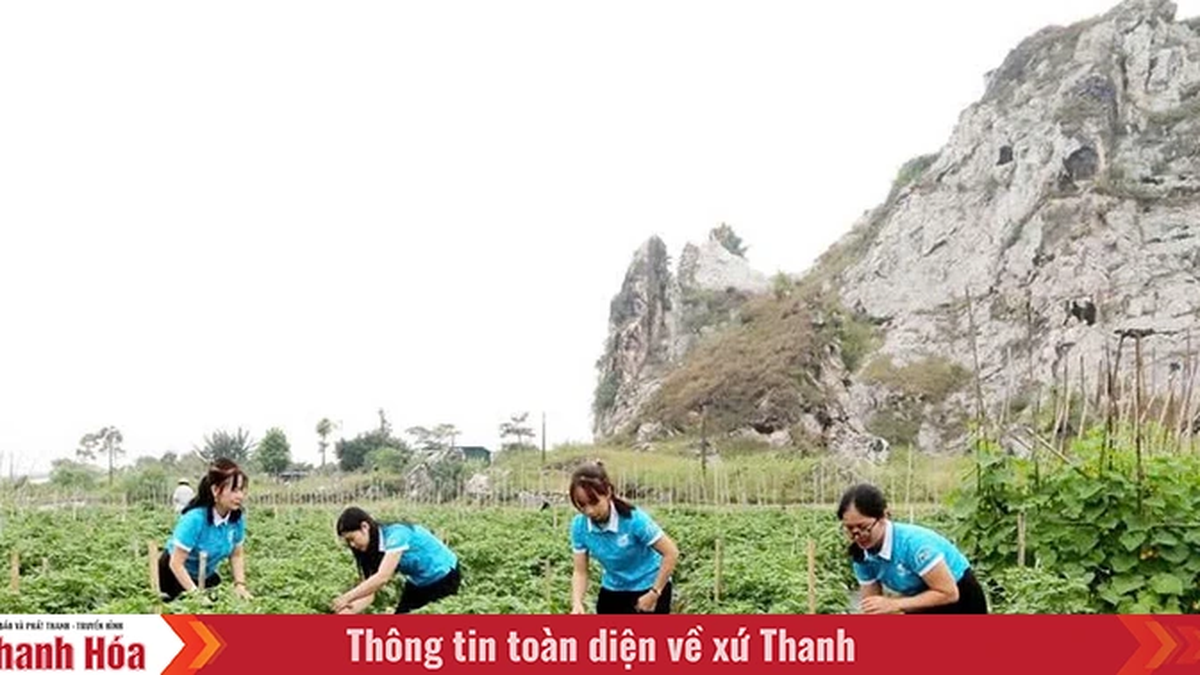

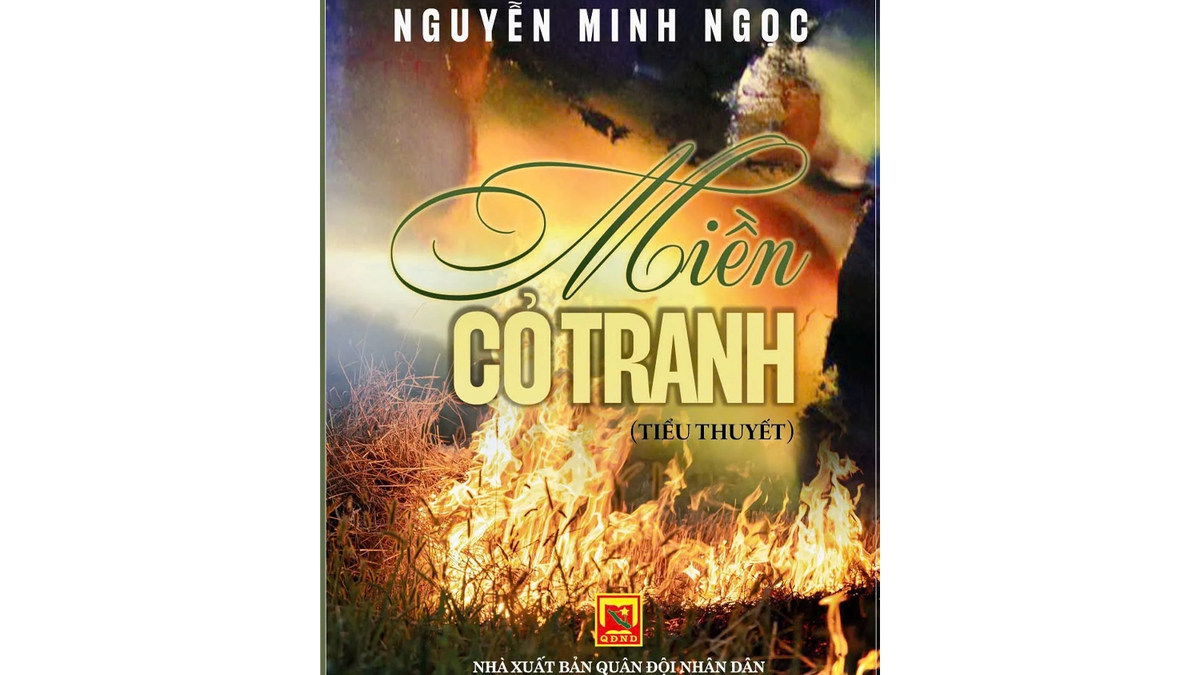
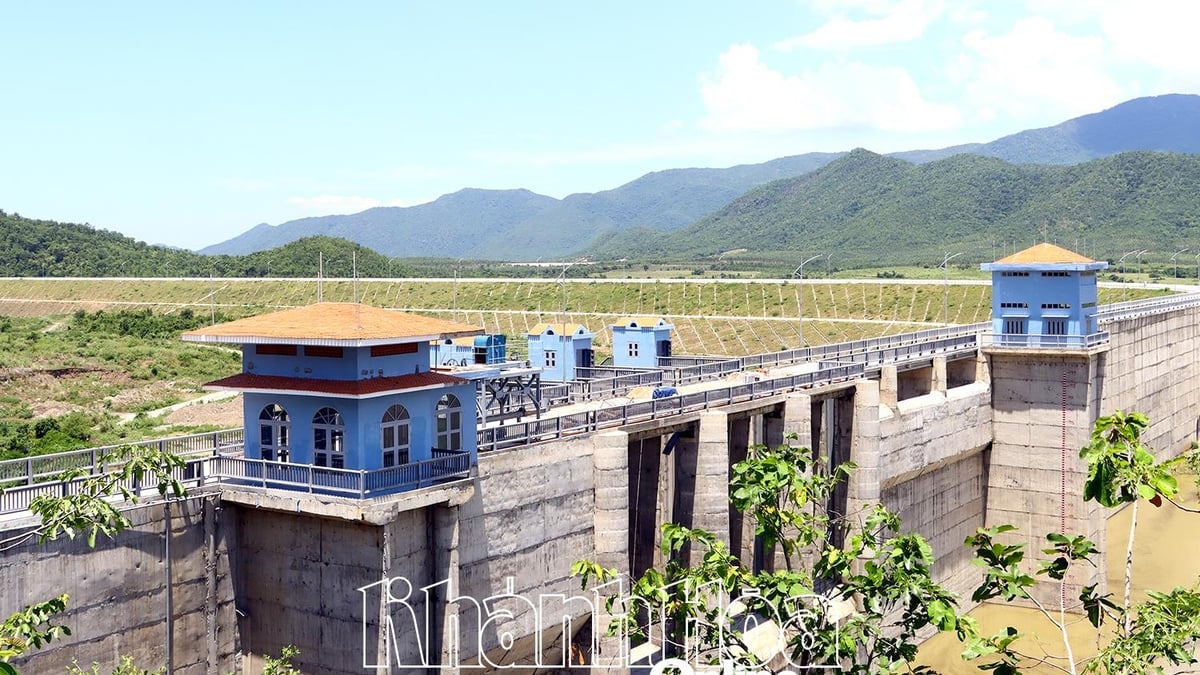

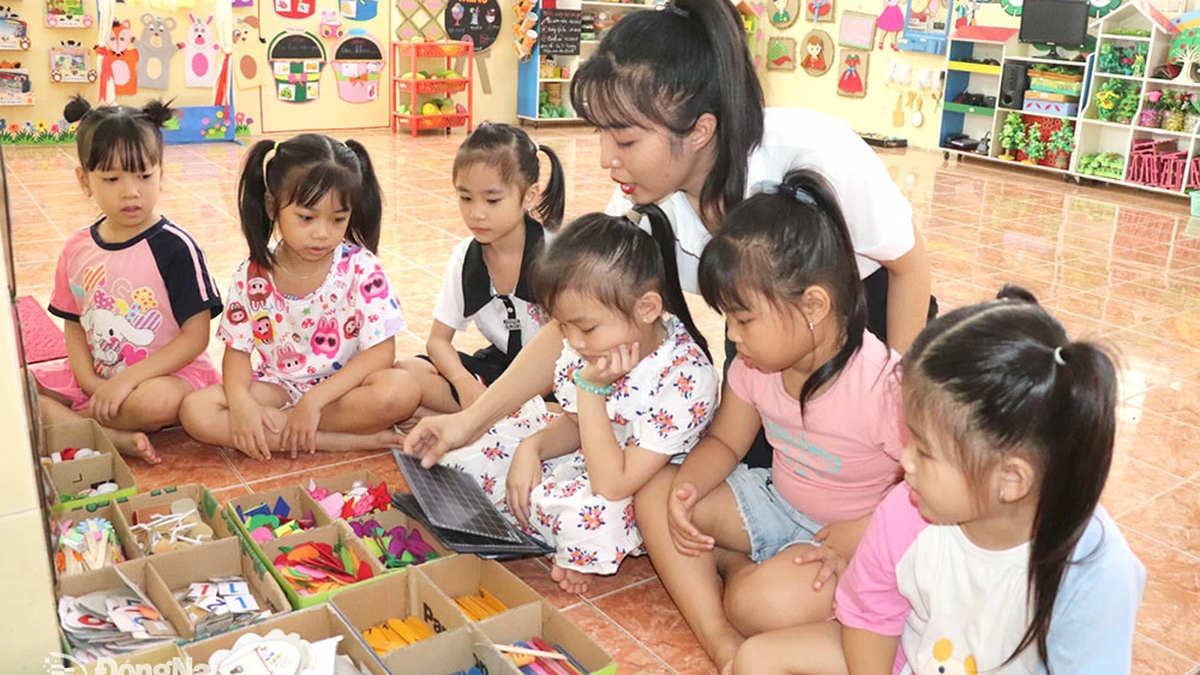









































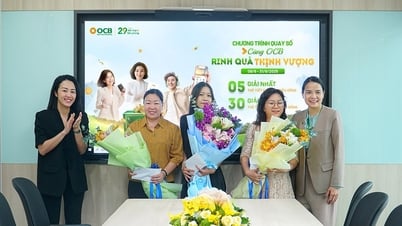











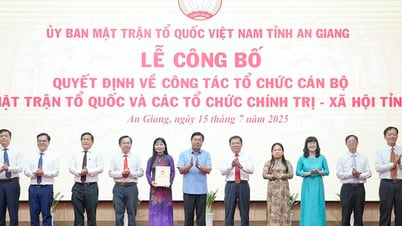


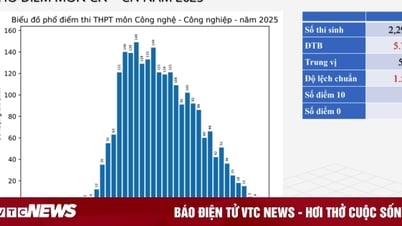

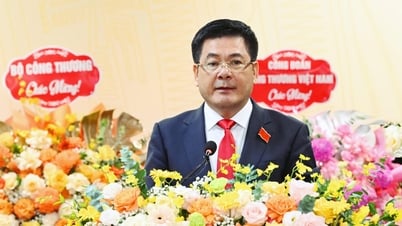




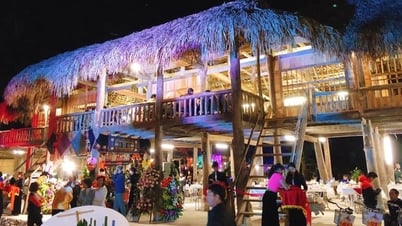

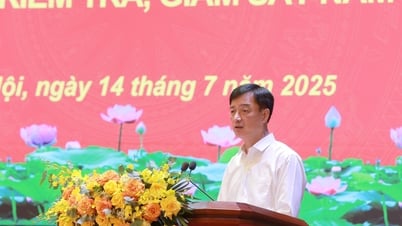




















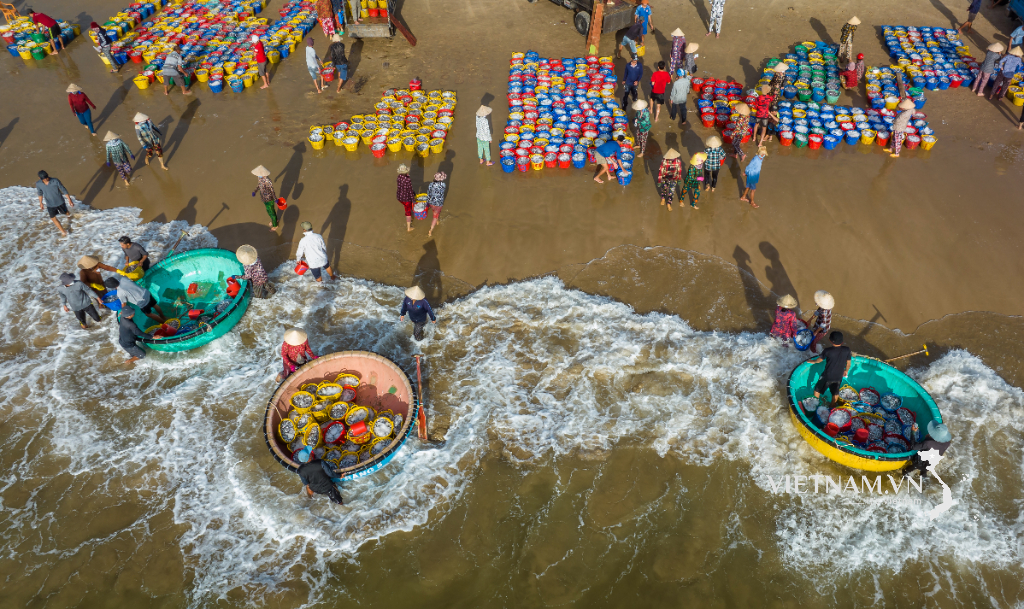
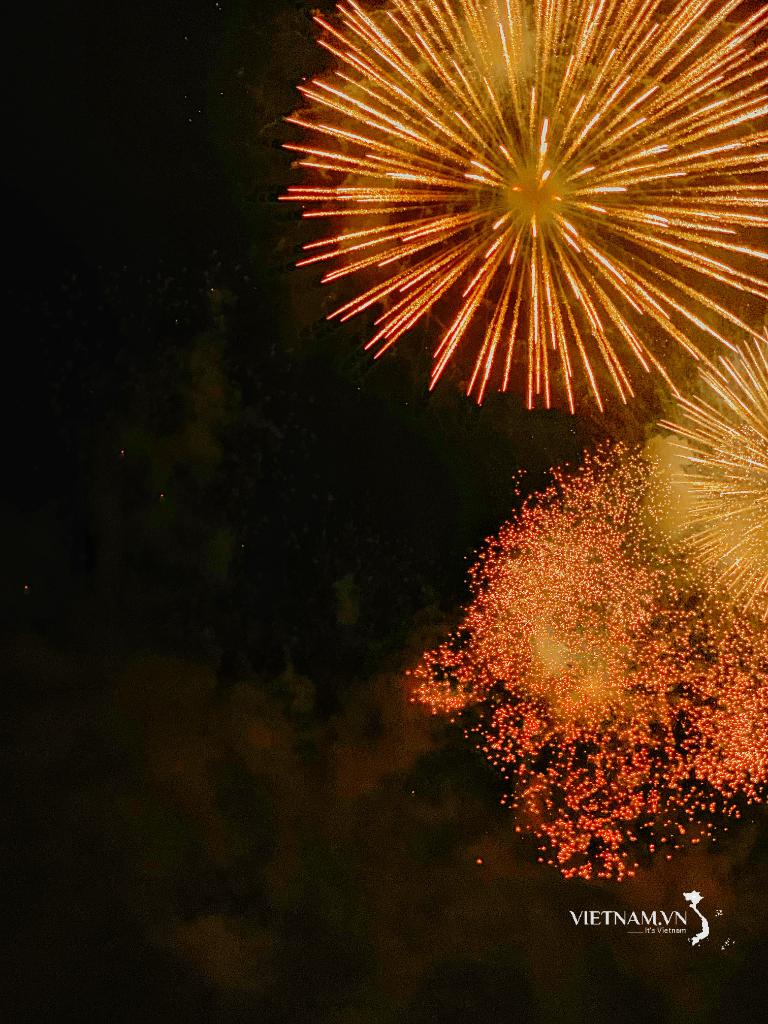
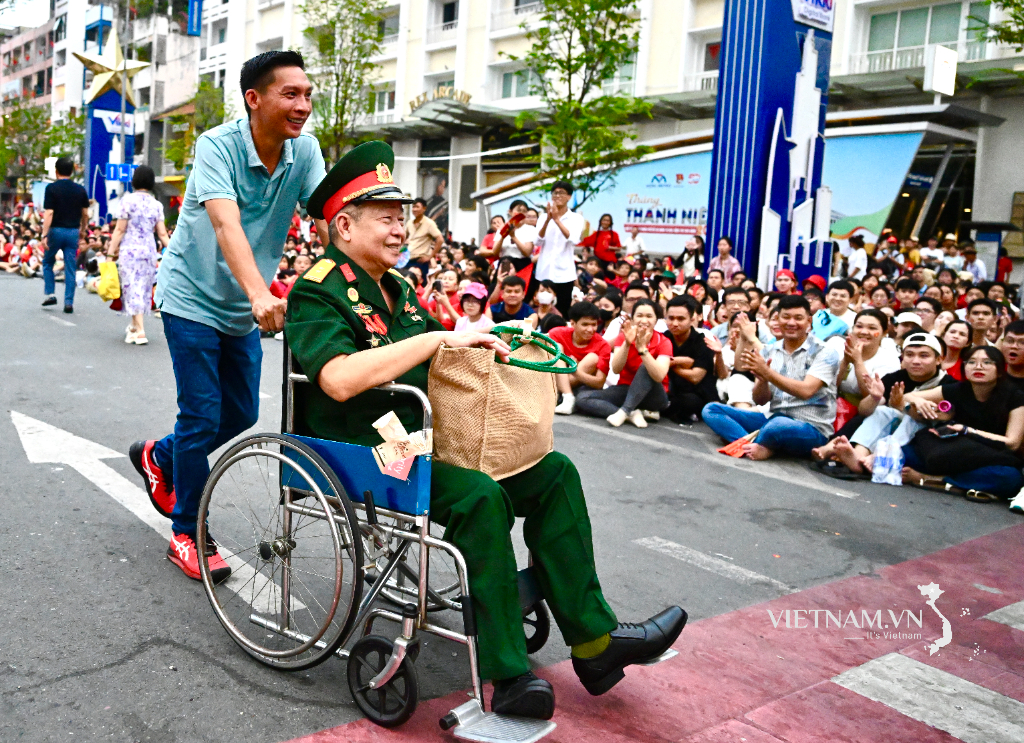

Comment (0)